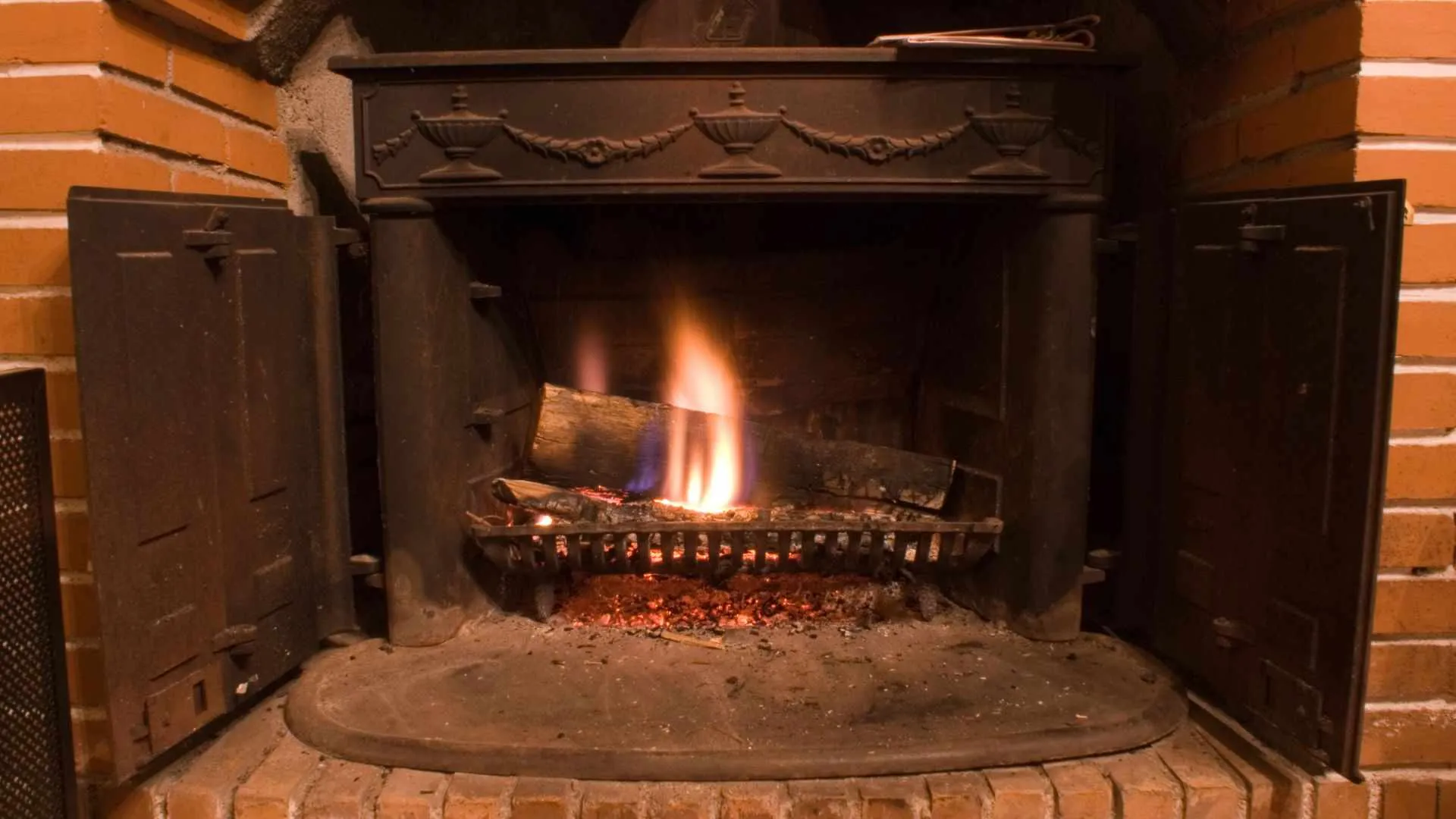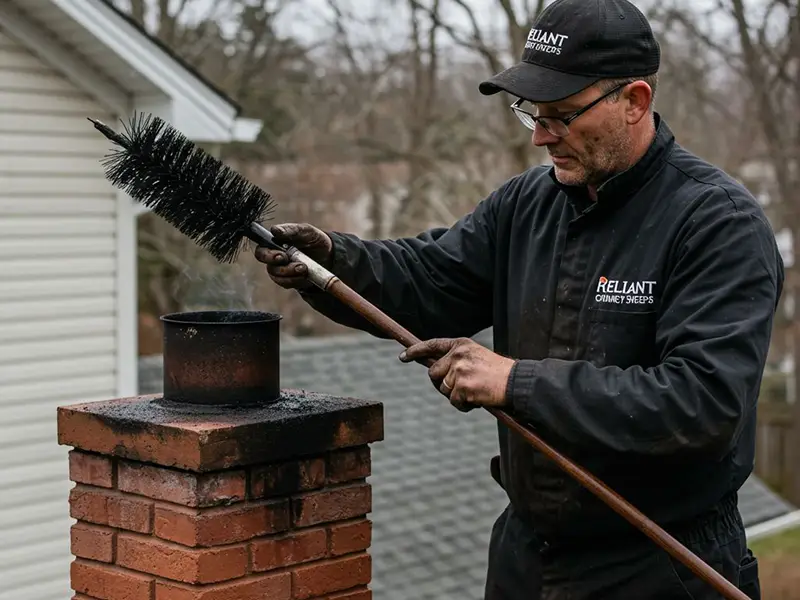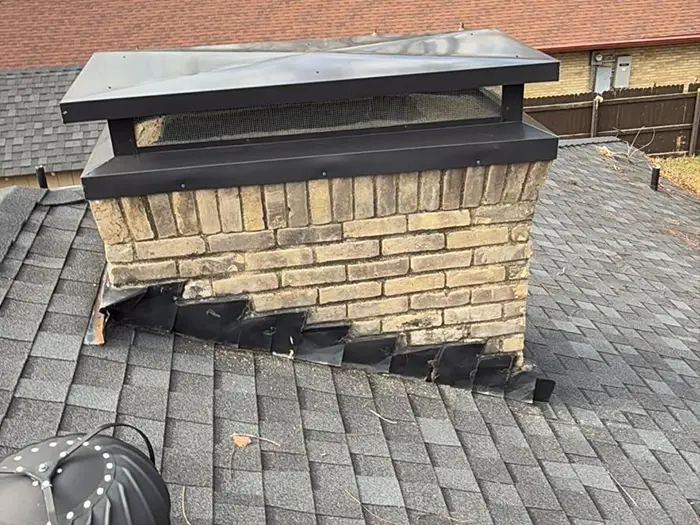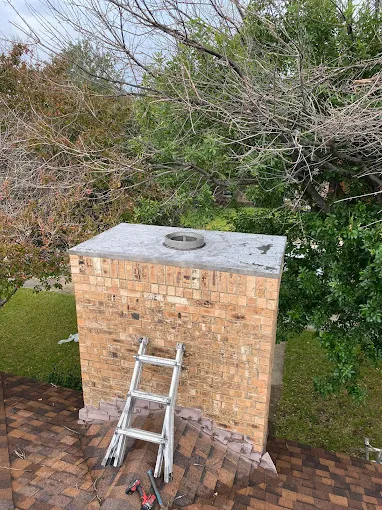Fireplaces are more than just a source of heat—they’re a centerpiece for cozy nights and inviting spaces. Whether you’re all about the rustic charm of a wood-burning fireplace or the modern convenience of a gas option, keeping your fireplace in top-notch condition is essential. Each type comes with its own set of maintenance needs, and understanding these can save you from costly repairs while keeping your home safe.
Here’s a guide to maintaining both wood-burning and gas fireplaces, tailored to their unique demands.
Wood-Burning Fireplaces: Keeping the Classic Warmth
Wood-burning fireplaces are timeless. They bring the crackling flames, a woodsy aroma, and an unbeatable ambiance. But let’s face it—they also come with more upkeep. Here’s how to keep your wood-burning fireplace working like a charm:
1. Schedule Annual Chimney Cleanings
The biggest concern with wood-burning fireplaces is creosote—a flammable residue that builds up inside your chimney. Ignoring it can lead to blockages or even chimney fires.
- When: At least once a year, preferably before the burning season.
- Tip: Hire a certified chimney sweep for a thorough cleaning and inspection.
2. Choose the Right Firewood
Your fire is only as good as the wood you burn. The wrong type can lead to smoky rooms and a clogged chimney.
- Burn This: Seasoned hardwoods like oak, hickory, or maple for hotter, cleaner fires.
- Avoid That: Green or softwoods (like pine) because they’re full of moisture and produce more creosote.
3. Clean Out Ash Regularly
Ash piles aren’t just messy—they can block airflow and reduce efficiency.
- When: After every few fires or when the ash reaches more than an inch thick.
- Pro Tip: Leave a thin layer of ash (around an inch) to insulate your next fire and help it burn hotter.
4. Inspect the Fireplace for Damage
Check for cracks in the masonry, loose dampers, or damaged grates. Small issues can turn into big problems if left unattended.
5. Add a Chimney Cap
A chimney cap isn’t just a nice-to-have—it keeps out rain, debris, and animals that might block your chimney or cause damage.
Gas Fireplaces: Convenience with a Touch of Maintenance
Gas fireplaces are a favorite for their ease and cleanliness. Flip a switch, and you’re good to go—no logs, no ash. While they’re generally lower maintenance, they still require attention to ensure safety and efficiency.
1. Inspect Gas Lines Regularly
Gas leaks are rare but serious. Regular inspections help catch any issues before they become dangerous.
- When: Once a year.
- Warning: If you smell gas, shut off the supply immediately and call a licensed professional.
2. Clean the Glass Doors
Over time, the glass on your fireplace can develop a hazy residue, reducing its visual appeal.
- How Often: At least once a season.
- How To: Use a non-abrasive cleaner and a soft cloth to keep the glass sparkling.
3. Dust the Burner and Logs
Dust buildup can affect how your gas fireplace operates, including how evenly the flames burn.
- When: Every few months.
- Pro Tip: Make sure the fireplace is off and cool before cleaning. Safety first!
4. Check Ventilation Systems
Good ventilation is critical for a gas fireplace to operate safely and efficiently.
- Direct Vent Fireplaces: Look for outdoor blockages like leaves or nests.
- Ventless Systems: Ensure your room is well-ventilated to prevent carbon monoxide buildup.
5. Test the Pilot Light
A functioning pilot light ensures your fireplace ignites when you need it. If it keeps going out, it’s time to call a professional for a deeper check.
Universal Fireplace Safety Tips
No matter which type of fireplace you have, these safety tips are non-negotiable:
- Install Detectors: Smoke and carbon monoxide detectors are a must, especially if you have a gas fireplace.
- Clear the Surroundings: Keep flammable materials—like curtains, furniture, or rugs—away from the fireplace.
- Use a Screen or Enclosure: This prevents stray sparks in wood-burning fireplaces and keeps pets or kids safe around gas flames.
- Stick to the Manual: Always follow the manufacturer’s guidelines for maintenance and operation, especially for gas fireplaces.
Click to ensure Safe and Efficient Fireplace Solutions >>>
Wood vs. Gas: Which Fireplace Fits Your Lifestyle?
Still deciding between wood-burning and gas? Here’s a quick side-by-side comparison to help you out:
| Feature | Wood-Burning | Gas |
| Ambiance | Authentic, rustic feel | Clean, modern flames |
| Ease of Use | Manual effort required | Instant, with a flip switch |
| Cost to Operate | Cheaper fuel (logs) | Pricier fuel (gas/propane) |
| Maintenance | High (chimney cleanings, etc.) | Moderate (vent checks, etc.) |
Final Thoughts
No matter which type of fireplace you have, regular maintenance is essential for keeping it safe, efficient, and ready for those cozy nights by the fire.
Wood-Burning Fireplaces: Make annual chimney cleanings a priority, burn only seasoned wood, and inspect regularly for any signs of damage.
Gas Fireplaces: Schedule routine gas line inspections, keep the glass clean, and ensure your ventilation systems are functioning properly.
By following these tips, you’ll not only extend the life of your fireplace but also create a safer, warmer environment for your family during winter.
Looking for expert help? Reliant Chimney Sweeps is here to make fireplace maintenance simple and stress-free. With professional care and unmatched service, we’ll ensure your fireplace is in perfect condition. Contact us today and enjoy the peace of mind that comes with a well-maintained, safe fireplace!




